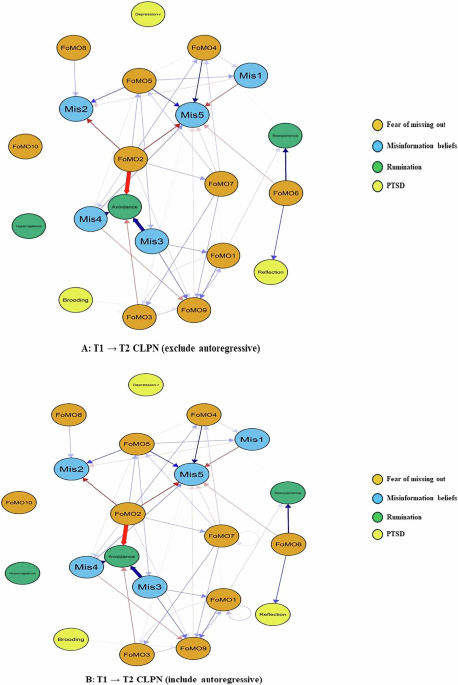The Lingering Shadow of Trauma: Exploring the Interplay of PTSD, FoMO, and Misinformation Belief in the Social Media Age
The devastating Wenchuan earthquake of 2008 left an indelible scar on the psyche of its survivors, leaving thousands dead, widespread destruction, and economic losses exceeding $150 billion. While the immediate aftermath focused on physical recovery, the long-term psychological impact of such a traumatic event continues to reverberate, particularly in the era of ubiquitous social media. This article delves into a critical and understudied area: the mental health of Wenchuan earthquake survivors in the context of subsequent public health emergencies and the overwhelming information flow on social media platforms. It examines the complex interplay between Post-Traumatic Stress Disorder (PTSD), Fear of Missing Out (FoMO), and the susceptibility to misinformation among this vulnerable population.
The rise of social media has dramatically altered the landscape of information dissemination. While offering connectivity and access to information, it also presents challenges, particularly in the wake of disasters. The COVID-19 pandemic exemplified this duality, highlighting both the benefits of virtual connection during physical isolation and the dangers of rampant misinformation, which fueled anxiety and panic. For individuals already grappling with PTSD, the constant barrage of information, both accurate and misleading, can exacerbate existing psychological vulnerabilities. This study investigates how the pre-existing trauma of the Wenchuan earthquake influences survivors’ engagement with social media and their subsequent belief in misinformation during times of crisis.
PTSD, often co-occurring with social anxiety, can significantly impair an individual’s personal, academic, and professional life. The isolation enforced by natural disasters and public health emergencies can further heighten these challenges, leading to feelings of disconnection and a heightened vulnerability to FoMO. This fear, driven by the anxiety of missing out on others’ experiences and a compulsive need to stay connected, can push individuals towards excessive social media use, increasing their exposure to misinformation. The study posits that the disruption of social networks caused by the earthquake could contribute to the development of FoMO, particularly in the context of subsequent isolating events.
Existing research suggests a correlation between PTSD, FoMO, and problematic internet use, but the underlying mechanisms remain unclear. The “shattered world” hypothesis proposes that trauma can shatter an individual’s fundamental beliefs, leading to negative assumptions and emotions that manifest as PTSD. Rumination, the persistent contemplation of traumatic events, plays a crucial role in this process and is also a significant factor in the susceptibility to misinformation. This study investigates how rumination acts as a bridge between PTSD and the belief in misinformation, further complicating the psychological landscape for trauma survivors.
This research employs a novel approach – Cross-Lagged Panel Network (CLPN) analysis – to untangle the complex relationships between PTSD, FoMO, and misinformation sharing. This method allows researchers to examine the dynamic, time-variant interactions between these factors over time, offering a more nuanced understanding than traditional cross-sectional studies. By identifying key symptoms and their predictive relationships, the study aims to shed light on the specific mechanisms driving the interplay between these psychological constructs. Furthermore, by understanding the influence of misinformation sharing behavior on PTSD and FoMO symptoms, researchers can develop more targeted and effective intervention strategies.
This research holds significant implications for both mental health practice and public policy. It addresses a critical gap in the literature by focusing on a specific population – Chinese survivors of the Wenchuan earthquake – and examining their social media engagement in the context of subsequent crises. This is particularly relevant in the current social media landscape, where the spread of misinformation poses a significant threat to public health and well-being. By understanding the unique challenges faced by trauma survivors in the digital age, this study contributes to the development of more effective strategies for mitigating the harmful effects of misinformation and supporting the mental health needs of this vulnerable population. The findings can inform the development of interventions aimed at reducing excessive belief in misinformation, promoting healthy social media usage, and fostering resilience in the face of future crises. This research emphasizes the urgent need for a more comprehensive understanding of the complex interplay between trauma, technology, and misinformation in order to effectively address the mental health needs of individuals in an increasingly interconnected and information-saturated world.


